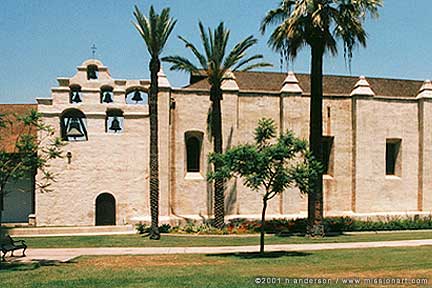Contrary to popular belief, Christopher Columbus did not discover America. Also contrary to popular belief, is the idea that says that European settlers escaping the grips of British control, called pilgrims founded the land of which we so proudly sing.
What is true, is the proof that long before the Columbus or the European Settlers who came to America, there were the aboriginal Native American peoples. Unlike many of the fictional or religious writings that tell us that these people were uneducated and technologically disadvantaged, The Authors of The Geography of North America: Environment, Culture, and Economy, had the following to say...
"By the time European explorers arrived on the scene in the 15th century, explorers’ journals and travel ac-counts reported that indigenous people lived in many different parts of the continent. They spoke hundreds of mutually unintelligible languages and developed a large number of complex cultures whose economies and cultural landscapes were often connected closely to the environments in which each culture lived. Fun-damental to the worldview of most Native American cultures, however, was their melding of environmen-tal and social aspects of life. This belief had important implications for their lack of interest in owning land as property (a strongly held European belief). Although the use of fire, hunting, agriculture, and construction had left noticeable imprints on the cultural landscape at least 10,000 years ago..."
Much like the settlement of the United States of America, the settlement of Los Angeles, California was no different. According to the Los Angeles Historical Society, the Chumash Native Americans were the first to inhabit the Los Angeles area circa 8000 BC. By 500 BC the Tongva Indians settled and established the Yang-Na village which is currently the site of the present day Los Angeles City Hall.
It wouldn't be until the 14th century that Spanish explorer Juan Cabrillo would venture onto the shores of California. In 1771 Father Junipero Serra would come to establish the first Catholic mission in Southern California. After gaining independence from Spain, Mexico would seize control over the California territory. 1850 would see the date when California would become a State naming Los Angeles as municipality. In the years following California and the Los Angeles area would see a surge in immigration by Jewish, African American, Chinese, Japanese, and Mexican settlers. By 1924 the now city of Los Angeles, would reach 1 million residents.


No comments:
Post a Comment